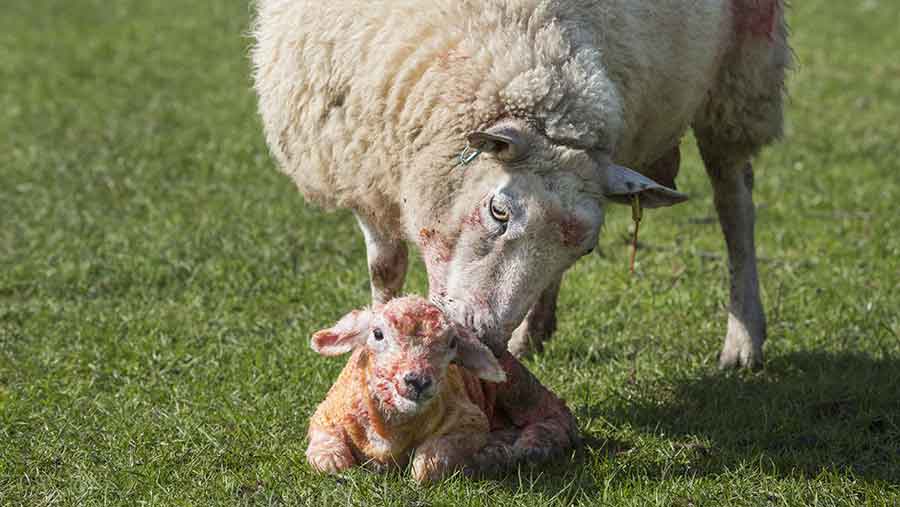4 recording methods for sheep compared: which one is best for you?
 © Mint Images/Rex/Shutterstock
© Mint Images/Rex/Shutterstock Carmarthenshire sheep farmer and Aberystwyth University graduate Huw Williams completed a HCC scholarship in 2015 looking at how extensive systems in New Zealand and Australia were recording parentage.
Talking about his findings at Sheep Breeders, he compared four different systems and looked at which may best suit UK hill flocks.
See the comparison table and verdict below.
*Costings are based on an 800-ewe flock rearing 150%
|
What it is |
How it works |
Pros |
Cons |
Cost |
|
DNA Shepherd |
DNA is taken from ewes and rams prior to tupping Then lambs are tagged at four weeks with DNA linked to the tag |
|
|
£10/lamb |
|
EID tracking |
Ewes tagged and lambs tagged at four weeks EID readers are placed at key points in the field (between water troughs) so tags are picked up as sheep walk through it Over time the data matches ewe to her lamb |
|
|
£2.92/lamb |
|
Tagging at birth |
Lambs tagged at birth with dam noted |
|
|
£2.33/lamb |
|
Mothering up
|
At three weeks of age ewes and lambs are manually sorted to allocate parentage |
|
|
£0.50/lamb |
Mr Williams’ verdict:
- Best for pedigree breeders: DNA because it is the most accurate
- Best for commercial flocks: EID tracking
